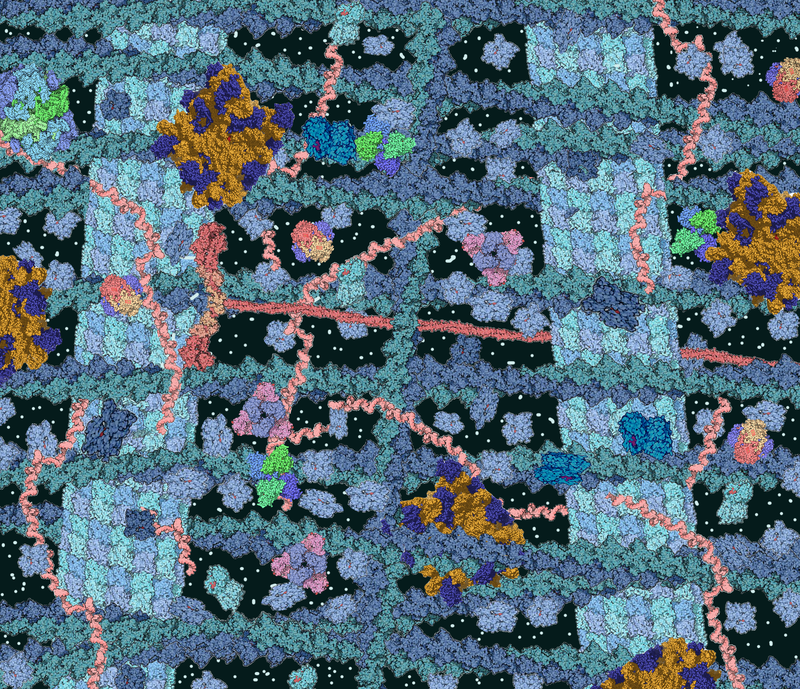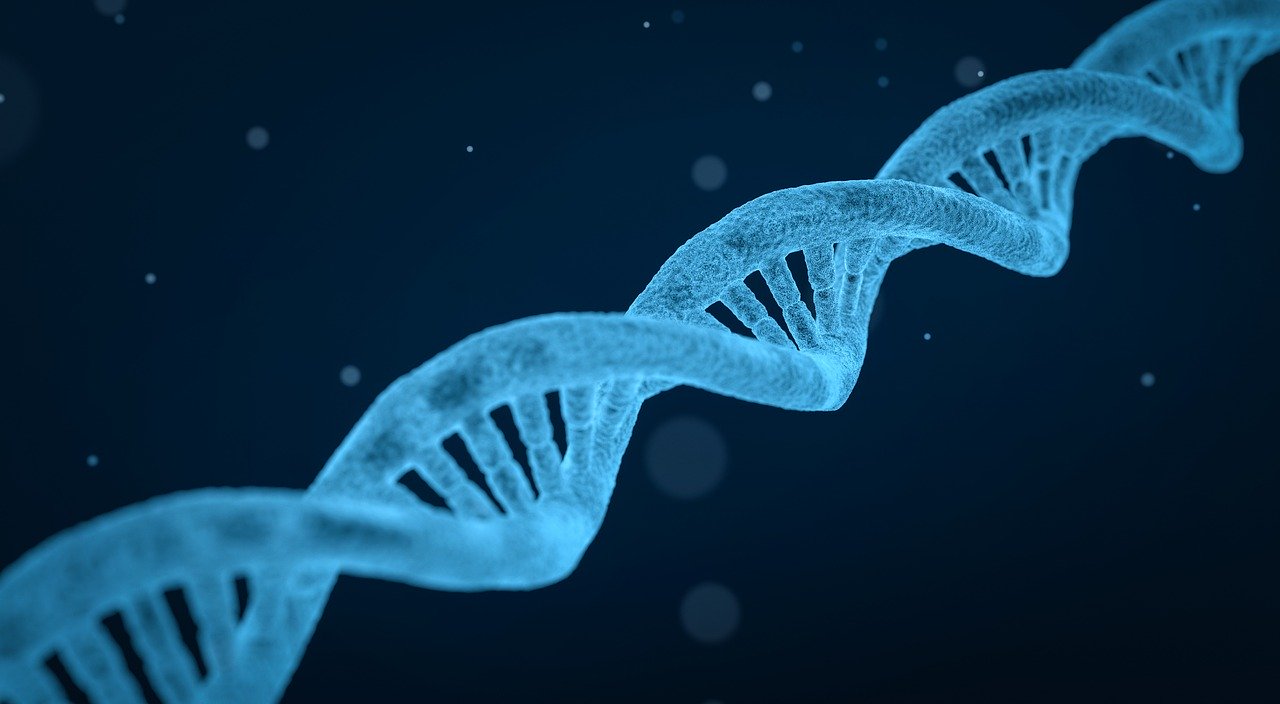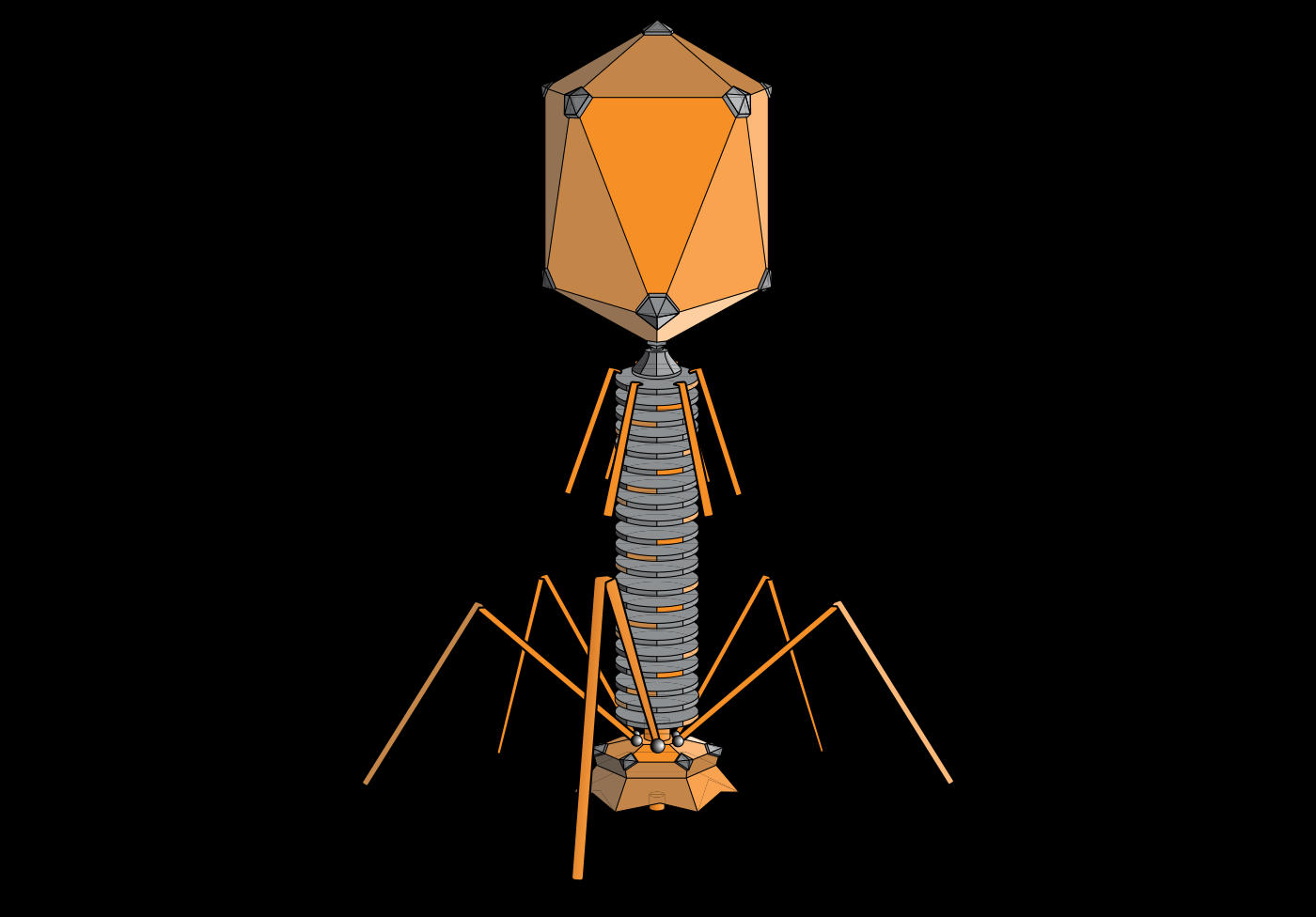Escherichia coli was discovered in 1885 Theodor Escherich, an Austrian pediatrician, who isolated the bacterium from stool samples of newborn babies. Escherichia coli is a gram-negative, non-sporulating, rod-shaped and facultative anaerobic organisms. It belongs to the family Enterobacteriaceae, comprising about 60 genera with more than 200 different species
Escherichia coli is one of the most thoroughly characterized organisms. It has found use as a model species in scientific research that has contributed to the understanding of the mechanisms of processes such as DNA replication, translation, etc., as well as in the wider biotechnology industry. E. coli species includes commensal strains that are natural components of the intestinal microflora of humans and animals. It colonizes the gastrointestinal tract of newborns within hours of birth. This species includes also numerous pathogenic strains causing infections of e.g. urinary tract, biliary tract, gastrointestinal tract, respiratory system and nervous system. They can also cause generalized infections such as septicaemia, bacteremia, meningitis. E. coli strains present in the large intestine are symbionts, participate in the decomposition of nutrients and synthesize group B vitamins, vitamin C, vitamin K. These bacteria also colonize the skin, mucous membranes of the vagina, urethra, oral cavity, and respiratory system.
Because these bacteria are isolated from fecal samples they are an indicator of fecal contamination of water and food and the presence of absolutely pathogenic microorganisms






